Is Dynamic Type Of Microphone
Shure SM58
✓
Shure SM7B ✓
The Shure SM58 being dynamic functions relatively simple like a speaker in reverse, inside a magnetic field is a small coil of wire, that is attached to a diaphragm which moves with the changing sound pressure. The coil converts the movement into an electrical signal that can be recorded.
Both Shure SM7B and Shure SM58 are considered dynamic microphones, these work well in noisy environments. A dynamic mic is not as senstive to sounds that are farther than a few feet away, providing you with natural isolation that can save you from less-than-ideal acoustics.
Has Xlr Connection
Shure SM58
✓
Shure SM7B ✓
When you desire a higher-qualisVersed != true |
When you desire a higher-quality
isVersed != true |
If you want a higher-quality
Comes With A Shock Mount
Shure SM58
✓
Shure SM7B ✓
The Shure SM58 comes with a shock mount, most condenser microphones include a shock mount, which is circular and uses an elastic suspension that helps reduce vibrations transferred by that can cause audio interference.
Both Shure SM7B and Shure SM58, come with shock mounts, for any studio style microphones regardless of type, whether dynamic, condenser, or ribbon should have a shock mount for the best possible recording. However, handheld dynamic mics generally don’t need a separate shock mount, as there’s one built-in.
Comes With A Pop Filter
Shure SM58
✓
Shure SM7B ✓
Shure SM58 comes with a pop filter, pop filters are a great tool for improving your audio. These diffuse the pressure of the air coming from certain vocal sounds, such as, plosives (p sounds),. This helps capture a clean recording without those ear-piercing exaggerations.
Like the Shure SM58, Shure SM7B also comes with a pop filter, commonly condenser microphones don't have built-in pop filters like most dynamic mic.
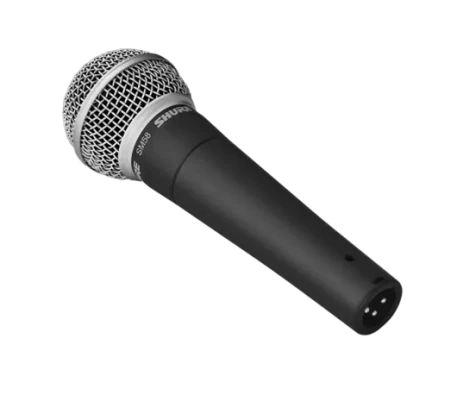
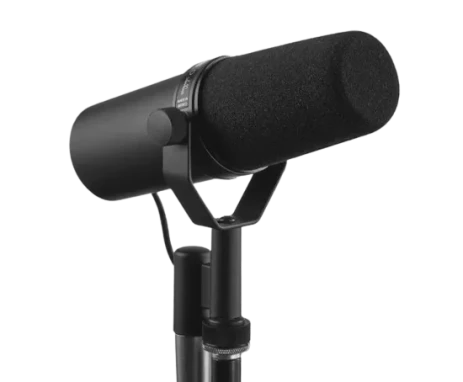
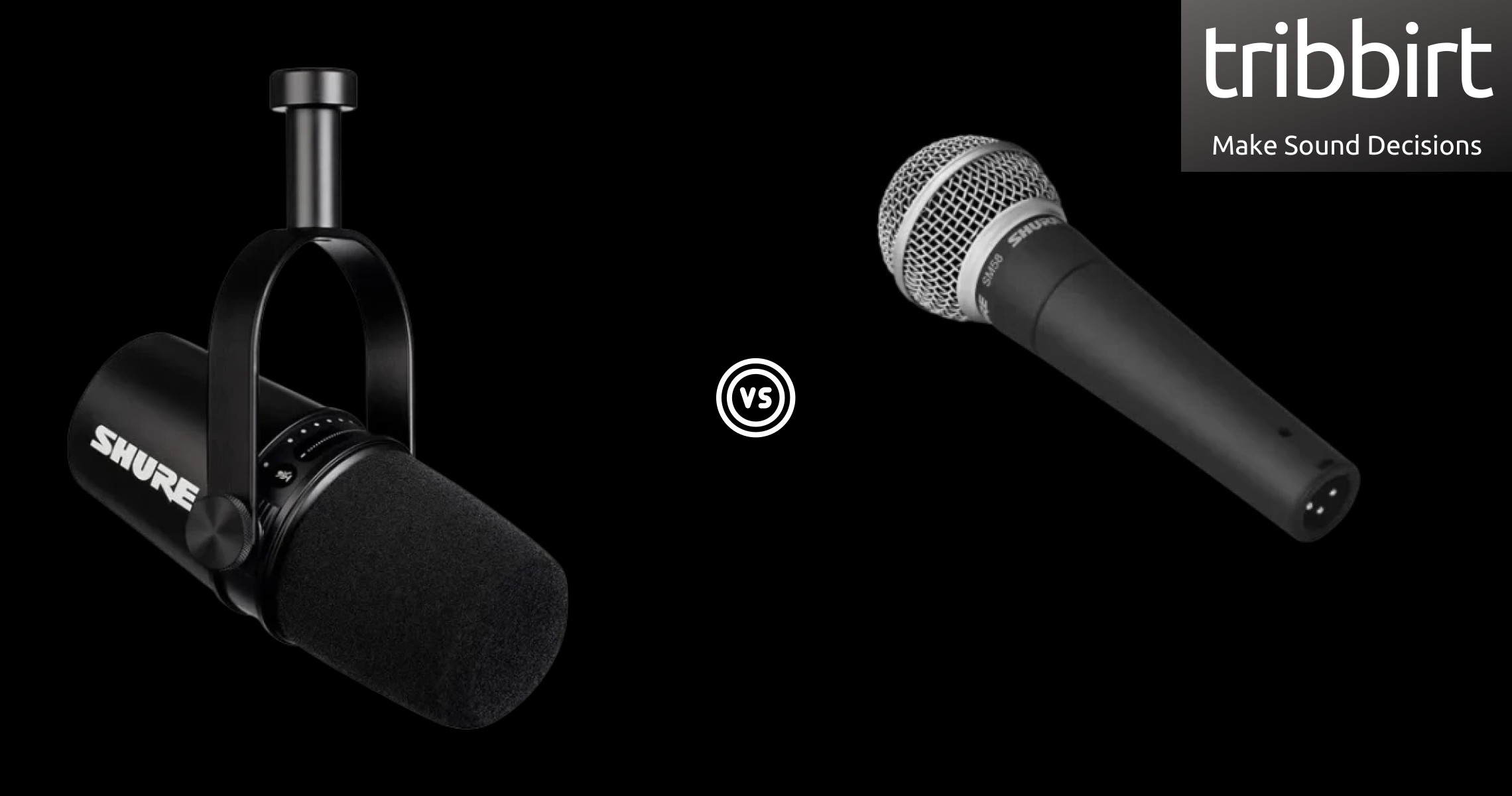
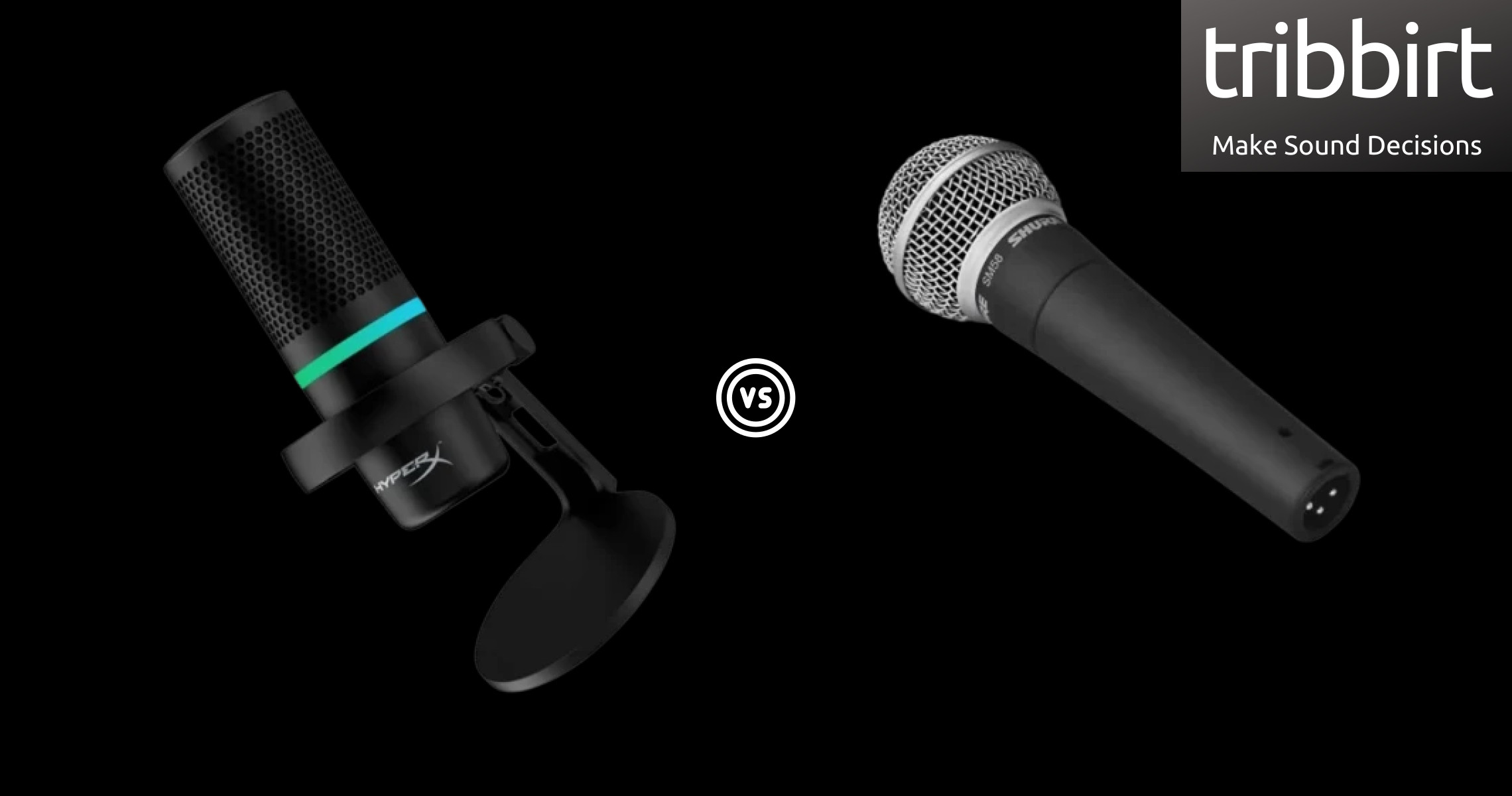
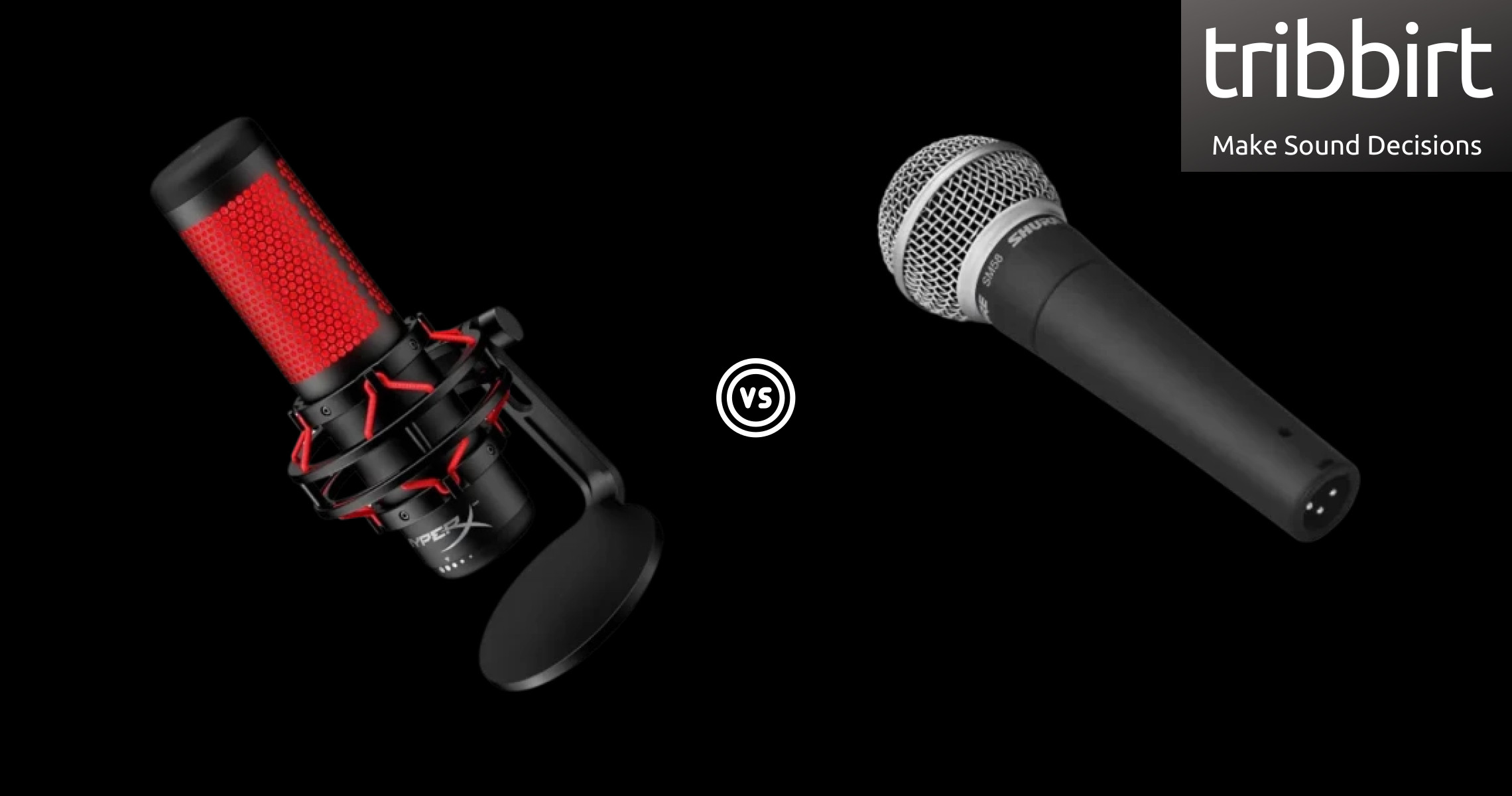


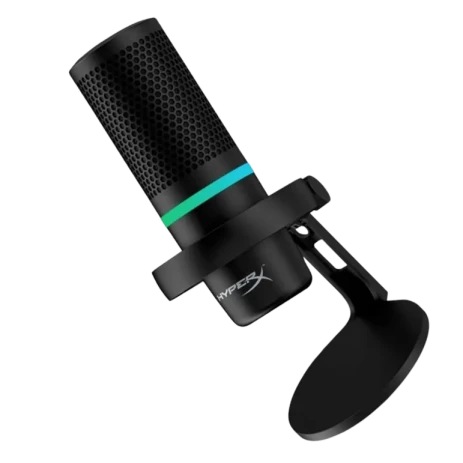 Shure Sm58 Vs. Hyperx Duocast Review
Shure Sm58 Vs. Hyperx Duocast Review